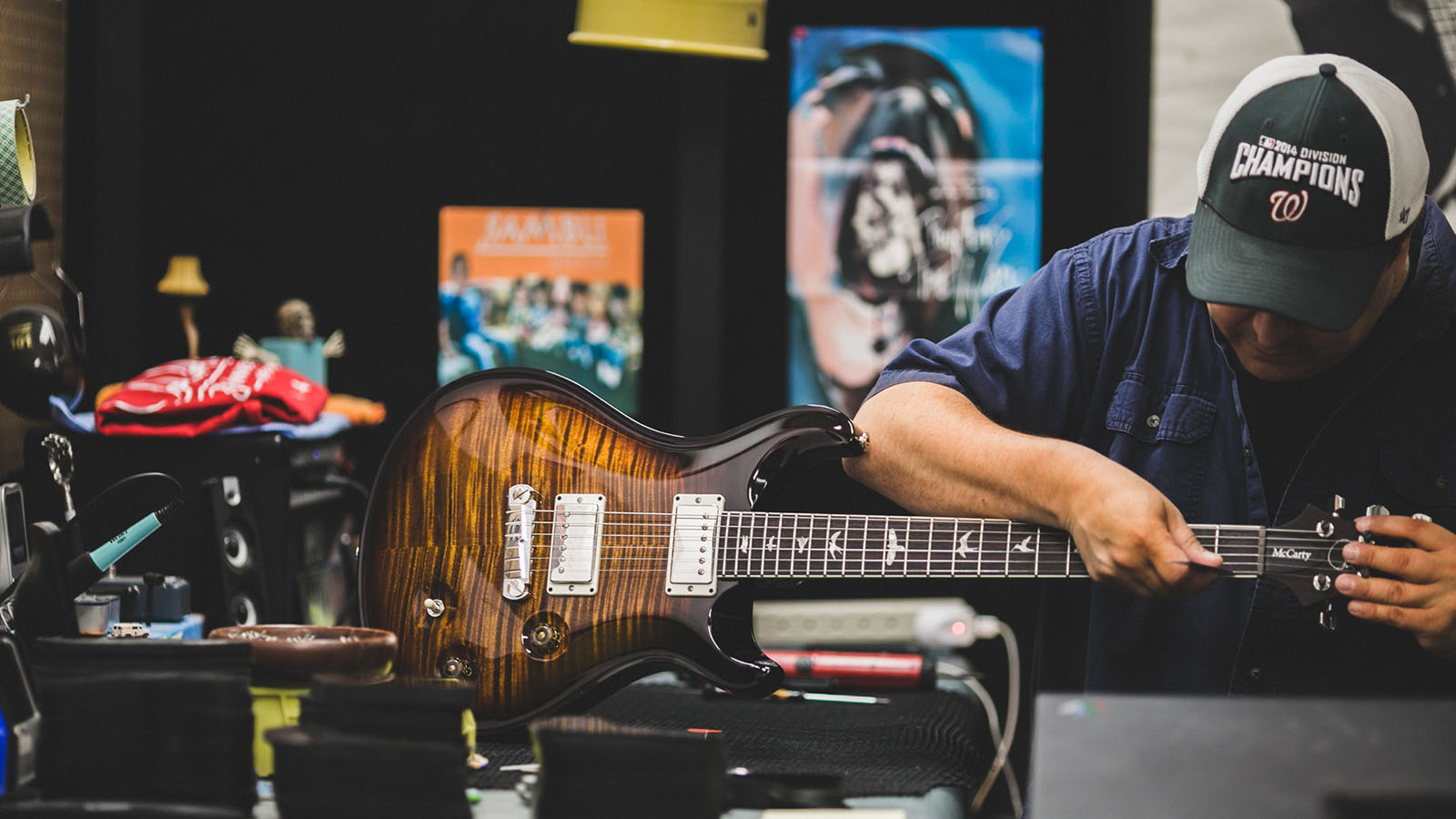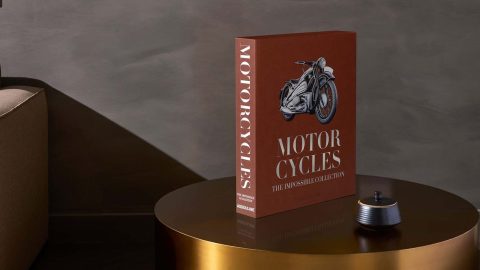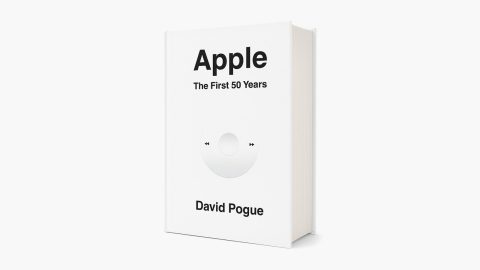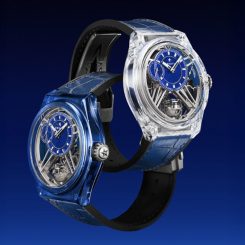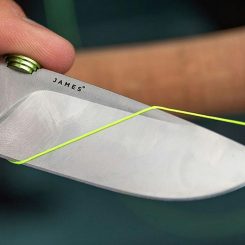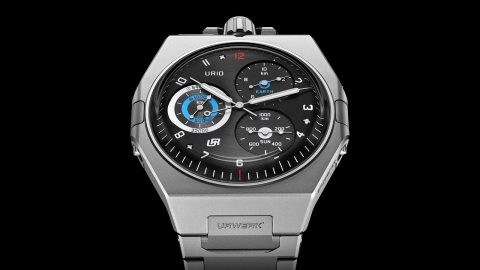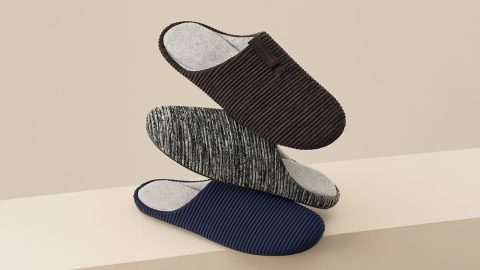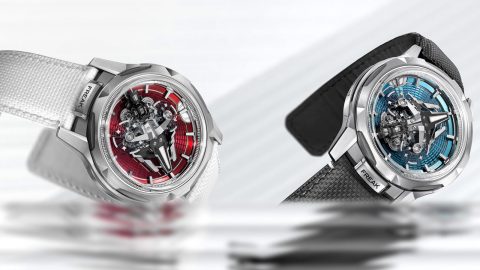Paul Reed Smith Guitars
March 9, 2017
byNicolas Ruibal
-
Culture This Is What Happens When Publishing Collides With Sneaker Godhood
Jordan’s legacy reinterpreted as a luxury artifact: inside the Ultimate edition.
-
Culture Dive Into Bofill’s Dreamscapes With This Stunning Book
From Walden 7 to Muralla Roja, see Bofill’s architectural universe come alive.
-
Culture The Wine Lover’s Guide To America’s Hidden Vineyards
Napa, Oregon, and beyond—all in one striking book.
-
Culture The Motorcycle Bible Every Collector Needs
From Harley to Ducati, this book celebrates the machines that defined freedom.
-
Culture The Untold Truth Of Apple’s Rise—50 Years In The Making
Two scrappy founders to 2.2B iPhones—this book tells it all.

